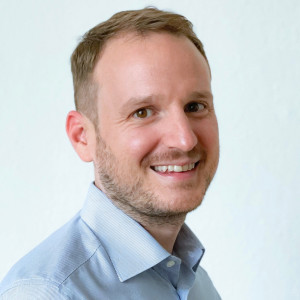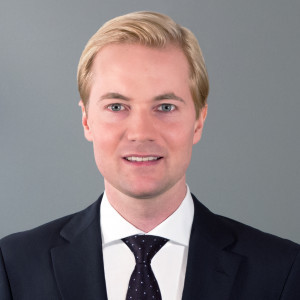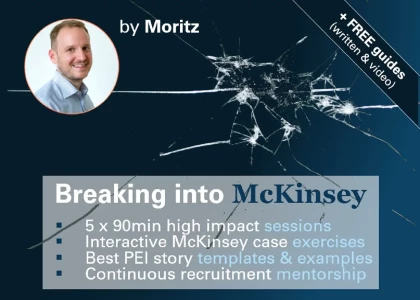In the last section of the case, we multiply the Profits by the percentage of winning the closed tender. Why is that the case? Why not only do Rev - Costs?


Hi there,
This is a pretty standard concept e.g. in corporate findinance.
EXAMPLE: Assume you're running a mining operation and want to build a new and innovative processing plant to increase mineral output. However, the technology hasn't been on the market for two long and the mining company has never tested the technology. Therefore, a risking factor of 80% is established (aka discount factor, chance of success, etc.). If your project has an NPV of 100M US$ and a chance of success of 80%, you're expected NPV is 100M US$ * 80% = 80M US$. Investment decisions will be based on the risked number.
Outcomes can be uncertain i.e., <100% for all kinds of reasons. This includes deployment of untested technology (see above), reliance on other people's decisions, macro-economic factors, historic failure rates, etc.
Hope this helps a bit. Best of luck!
Moritz
~~~~~~~~~~~~~~~~~~~~
>> Need a senior McKinsey coach? See my profile in a nutshell
>> Need real McKinsey cases? See two real examples with Zero Carbon Mine (hard) & Car Convenience (Intermediate + brand new)

Hi Khalifa,
Thank you very much for this question. I would be happy to share the solution to it:
- As Sprinker will only gain the profits in case they win the tender and gain no profits in case they lose the tender, you need to multiply the profits by the given percentages to identify the expected profits.
If you would like a more detailed discussion on how to best prepare for your upcoming interviews, please don't hesitate to contact me directly.
Best,
Hagen

Because it might not happen!
We cannot assume the sale will go forward. Therefore, we are doing an Expected Value equation. Very important you learn + underestand this for both casing and real-life/business!

Basically, you are trying to get the profit weight against the probability of actually getting it.
This way they can get a more risk-adjusted perspective on the opportunity.
Best,
Cristian
———————————————
Practicing for interviews? Check out my latest case based on a first-round MBB interview >>> SoyTechnologies











